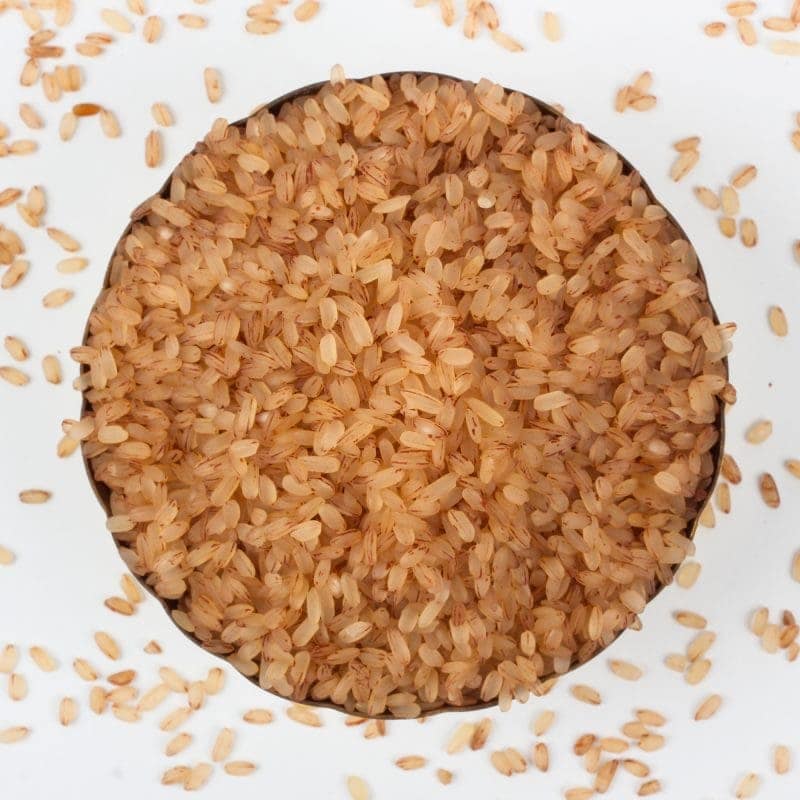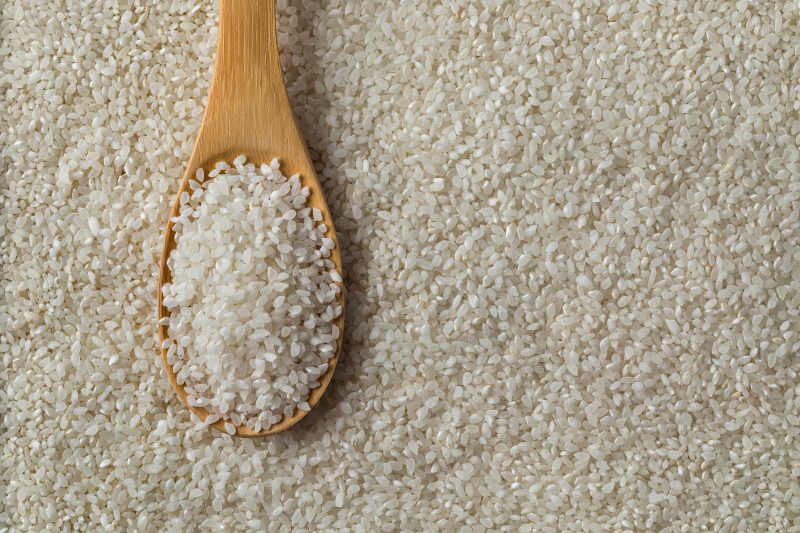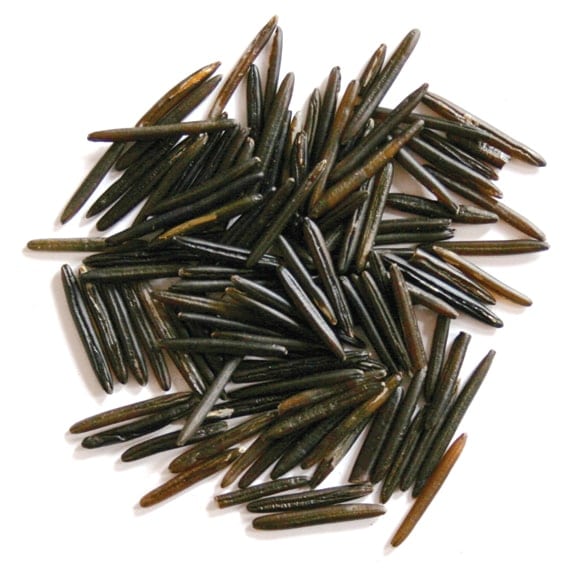One of my favorite winter comfort foods is , and I love to order it when I’m in Italy. However, since I haven’t found a restaurant in my area that serves a decent one, I either make it myself or ask my kids to make it for me. is one of the best things about winter, but can equally be enjoyed during the warmer months.

For those of you who don’t know, is the seed of oryza sativa , and it’s the most important staple in eastern and southern Asia, the Middle East, and the West Indies. After corn, it’s the most produced on earth. When the Arabs colonized northern and western Africa, they introduced cultivation.
BY-PRODUCTS OF RICE
was first cultivated in the Yangtze River valley, and archaeologists have discovered how was finally domesticated and cultivated around 12,000 B.C. Later, two varieties, japonica and indica, were grown in central China. The first time anyone cultivated in India was only around 2000 B.C. in Assam and Nepal, where is still growing and being used.
The first time was written about was in the Yajurveda (1500 B.C. onward); there’s a popular Indian idiom that gives advice on how should be cooked: “like two brothers, close together but not stuck together.” It’s also a sign of prosperity and fertility, which is probably why it’s often thrown at weddings.
Most of the world’s is produced in China, India, Pakistan, Indonesia, Bangladesh, Vietnam, Thailand, Myanmar, the Philippines, and Japan; Asian farmers produce 92% of the world’s total production. The best quality evidently comes from Punjab.
has been cultivated in Africa for about 3,500 years. Between 1500 and 800 B.C., propagated from the Niger River Delta (where it was first growing on this continent) to Senegal, but it never really grew further than its original birthplace. African disappeared from the scene because was planted when the Arabs took over in 500 to 1000 A.D.
Oryza sativa was introduced in the Middle East during the Greek periods (Hellenic and Parthian), and both the Greeks and Romans wrote about it. Just after the birth of Christ, was growing in the Po Valley in Italy. With the advent of Islam, people began cultivating in the south of Iraq, toward Nisibin, and into the Volga valley. In Israel, was growing in the Jordan river around that time. Today, is also grown in Yemen.
The Moors brought to Spain when they invaded in the 10th century and cultivated it in Valencia and Majorca. Cultivation seems to have stopped after the Christians took back the country, but is still grown there today. was cultivated in Sicily when the Arabs were ruling there, and it was growing there long before it was cultivated in Lombardy and Pisa. and are also grown in the Piedmont region. Soon after the Renaissance, cultivation was introduced in France.
The Spaniards and Portuguese first planted in the Caribbean and South America (Brazil), and it was introduced to Mexico in the 1520s in Veracruz.
Now let’s look at the most famous :

Most commonly used for , is a plump Italian short- with a unique white dot in the middle of the . It contains a significant amount of amylopectin, a sticky starch that gives its creamy texture. is a premium and it’s usually more expensive than others.

is a fragrant grown in India and Pakistan. Aging it for about one year after harvest gives the its . Serve it with curry or simple vegetables, but make sure to soak it for at least a half hour before cooking. This is typically used for .

Also called or emperor’s , Chinese gets its deep purple color from the antioxidant anthocyanin, which is also found in blueberries and eggplant. This medium is firm yet tender when cooked, perfect for a pilaf or other side dish.

, or is a variety commonly used in Spanish paella. Although it absorbs more liquid than , it doesn’t get sticky like .

has had its husk removed but retains the germ and , which are full of vitamins, minerals, and fiber. It takes longer to cook than and has a chewier texture. Available in both short- and long- varieties, it can be substituted for in most recipes.

Like arborio, is most often used for . It is grown in northern Italy and known for its high starch content, firm grains, and creamy texture.

A medium- grown in Portugal, carolino maintains a firm yet tender texture when cooked. It also absorbs colors and flavors and is excellent in tomato-based and seafood dishes typical of Portuguese cuisine.

Also known as baby , this medium- comes from the Bengal region of India. It is best cooked with the pasta method-boiled in a large pot of water and then drained of excess liquid.

The long, translucent grains of become soft and sticky when cooked. It originates from Thailand and has a floral aroma that is more subtle than ‘s fragrance. Wash before cooking and serve with dishes like fried rice.

is popular in some countries. It’s steamed or parboiled while it’s still brown, which allows some nutrients (like thiamine) to enter the itself. Parboiling causes gelatinization of the starch in the , and the becomes less brittle. The color will become more yellowish. Once it has been parboiled, the is either dried and milled or used normally. It can also be used as . It doesn’t stick to the pot when cooked. Nuka, or , is popular in Japan and other parts of Asia, which is great because then no part of the is wasted.

Like , this long- variety from Thailand has only its outer husk removed, giving it a reddish-brown hue and more nutrients than . Its chewy texture and make it an excellent choice for pairing with curries and stir-fries.

This type of , rosematta also retains its layer, although this variety originates from India. It has a robust earthy perfect for stews, curries, and other meaty dishes.

Primarily grown in Southeast and , has a high starch content that results in a sticky, gluey texture when cooked. It is often used for sweet dishes such as , and is especially good cooked with coconut milk and served with fresh mango.

This comes in both white and brown varieties. The translucent grains become firm and sticky when cooked due to a higher starch content, making them ideal for sushi.

Yet another popular option for , Vialone Nano has been protected by the EU so that it can only be grown within the province of Verona, Italy. It absorbs a lot of liquid for that classic creamy texture yet maintains its shape when cooked.

Long- is one of the most popular and versatile types available. It is milled to remove the and germ, resulting in a less nutritious but fluffier and milder .

actually belongs to an entirely different genus than other varieties. It is the seed of a grass native to the Great Lakes region of the U.S. With a toasty and unique chewy texture, this protein-rich is perfect for mushroom soup, casseroles, and pilaf, especially when mixed with one or two other .